From riches to rags: nine countries that lost their fortunes
The low-income nations that were once super-wealthy
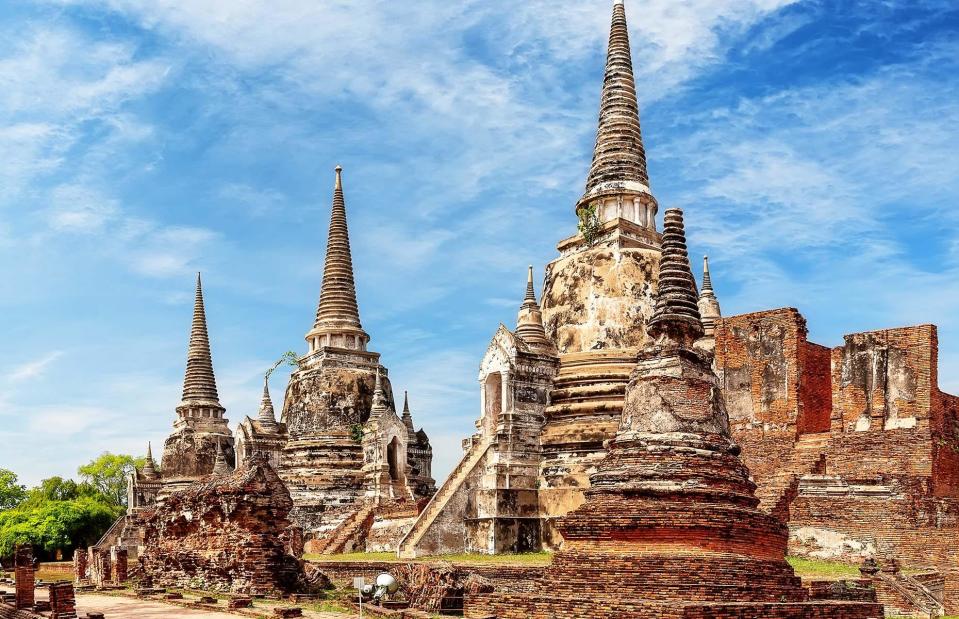
Preto Perola/Shutterstock
A country's economic fortunes can change hugely over the course of centuries or even just a few decades. In fact, many nations that are considered poor or middle-income these days were once among the most affluent in the world.
Read on to discover the countries that have gone from riches to rags and find out why their fortunes faltered.
All dollar amounts in US dollars.
Thailand
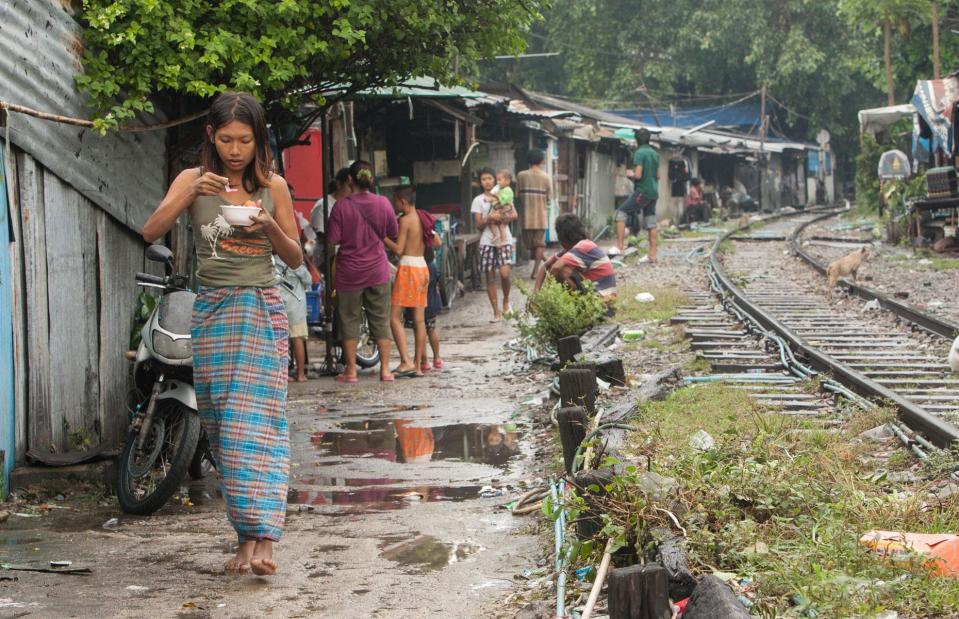
Flydragon/Shutterstock
Despite its growing economy and lauded efforts to reduce poverty, Thailand's per capita GDP is only $7,300 (£5.9k) and well below that of advanced economies. Plus, pockets of severe poverty still exist, particularly in rural areas across the northeast and deep south of the nation.
However, during the 16th and 17th centuries, the Ayutthaya Kingdom, which covered much of modern-day Thailand, was richer than many European nations. The kingdom was a centre of international trade, and its eponymous capital rivalled Paris in size and splendour.
Thailand
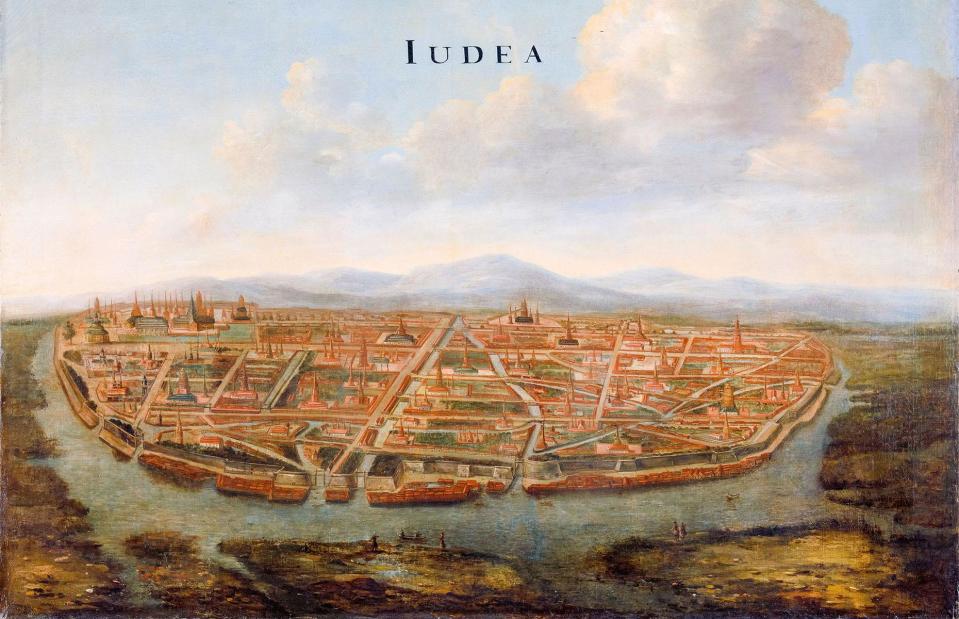
incamerastock/Alamy Stock Photo
The kingdom’s strategic island location, surrounded by rivers and connected to the sea, provided vital protection from attacking warships while being equidistant between India and China, allowing it to prosper.
Unlike other countries in the region, the Ayutthaya Kingdom welcomed foreign traders with open arms, exchanging goods with merchants from China and Japan, as well as nations further afield such as France and Portugal.
Thailand
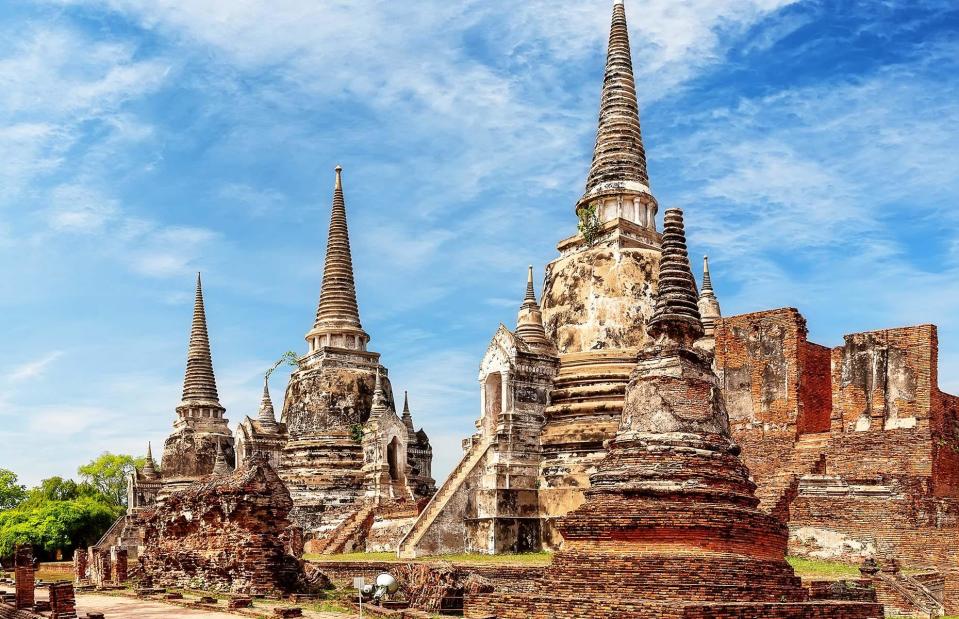
Preto Perola/Shutterstock
The boom times didn't last. Trade declined in the early 18th century, hitting the economy hard. A bloody game of thrones, which saw several potential heirs bumped off, destabilised the monarchy, and the threat of invasion from neighbouring Burma (now Myanmar) loomed large.
Taking advantage of the weakened kingdom, the Burmese army invaded in 1765 and besieged the capital. After two years, Ayutthaya capitulated and was largely destroyed, and the country eventually re-emerged as the far less powerful Thonburi Kingdom, the precursor to modern Thailand.
Mali
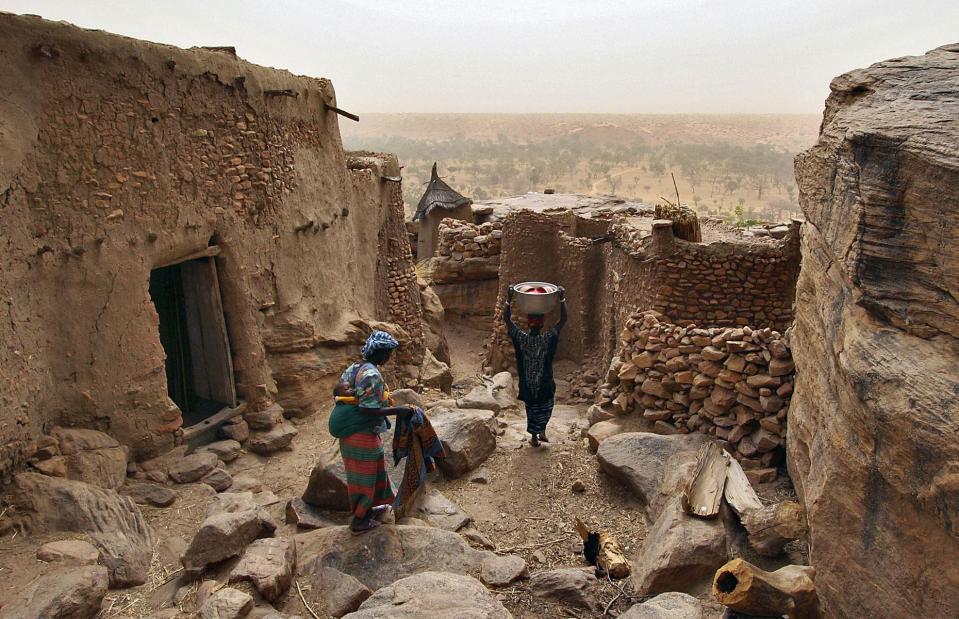
François Xavier Marit/Getty
Mali is one of the poorest countries on the planet, with a per capita GDP of just $957 (£769). The drought-prone African nation features on the United Nations' list of the 45 least developed countries, and much of its population relies on subsistence farming to scratch out a meagre living.
Rewind hundreds of years and things were very different. The country was at the heart of the illustrious Mali Empire, one of the largest and richest empires in Africa, spanning across the continent to the Atlantic Ocean and with a population of up to 50 million people.
Mali
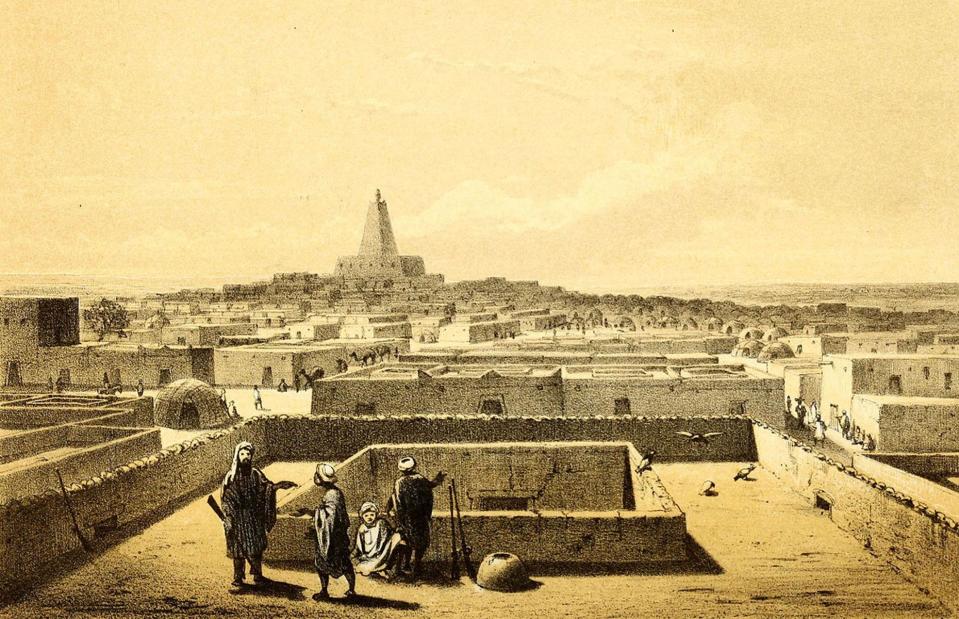
NMUIM/Alamy Stock Photo
As the Mali Empire grew, so did its capital Timbuktu, which became a renowned centre of learning, culture and trade.
The empire was at its peak under Mansa Musa I, who ruled from 1312 to 1337. At the time, Mali was a major gold producer and the emperor had half the world's supply of the precious metal at his disposal, which was traded with merchants from as far away as Egypt, Persia, Genoa, and Venice.
He's credited with expanding the territory and is thought to be one of the wealthiest people who ever lived. During his 25-year reign, he amassed the equivalent of hundreds of billions of dollars in today's money.
Mali
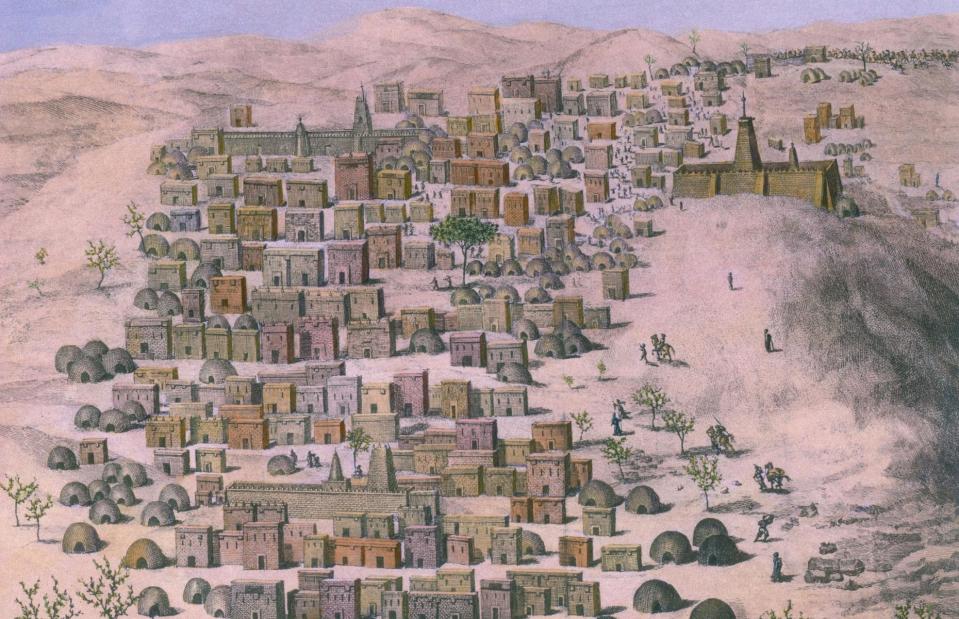
Everett Historical/Shutterstock
While it's uncertain when exactly Mansa Musa I died, after his reign the Mali Empire saw its riches and power diminish. Trade routes eventually faltered. Struggling to recover from civil war and attacks from neighbouring rivals, the empire wouldn't survive the Moroccan invasion of the late 16th century.
Unfortunately, Mali has remained impoverished ever since.
Türkiye
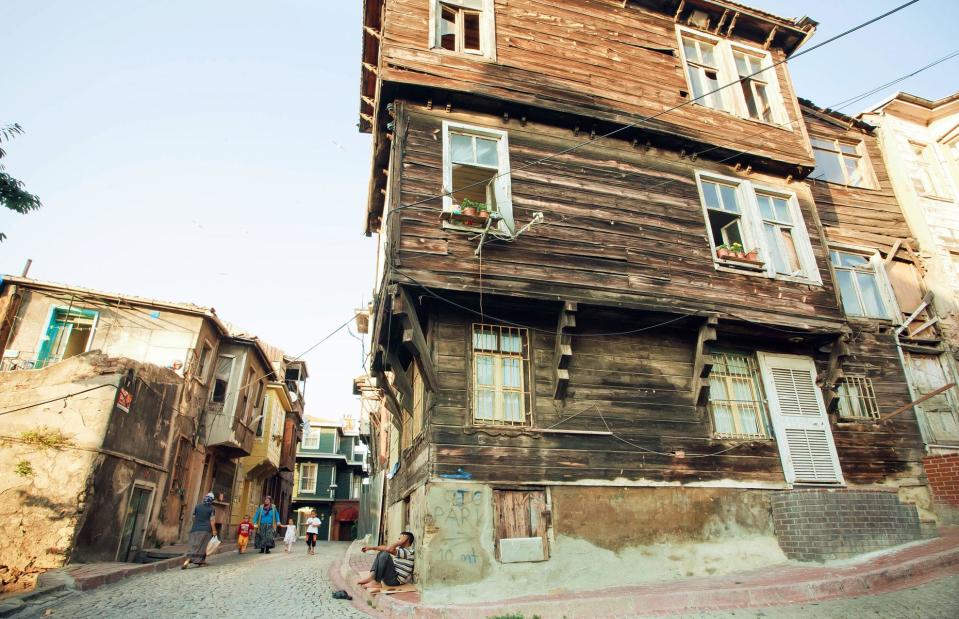
Radiokafka/Shutterstock
Like Thailand, Türkiye is far from poor but it isn't especially rich. The country is classified as an emerging market economy with a GDP per capita of around $15,400 (£12.4k), which is more or less the global average but lower than the majority of European countries.
It's also a far cry from the 16th century and the Ottoman Empire, from which modern Türkiye emerged. It boasted an economy that rivalled that of Western Europe today.
Türkiye
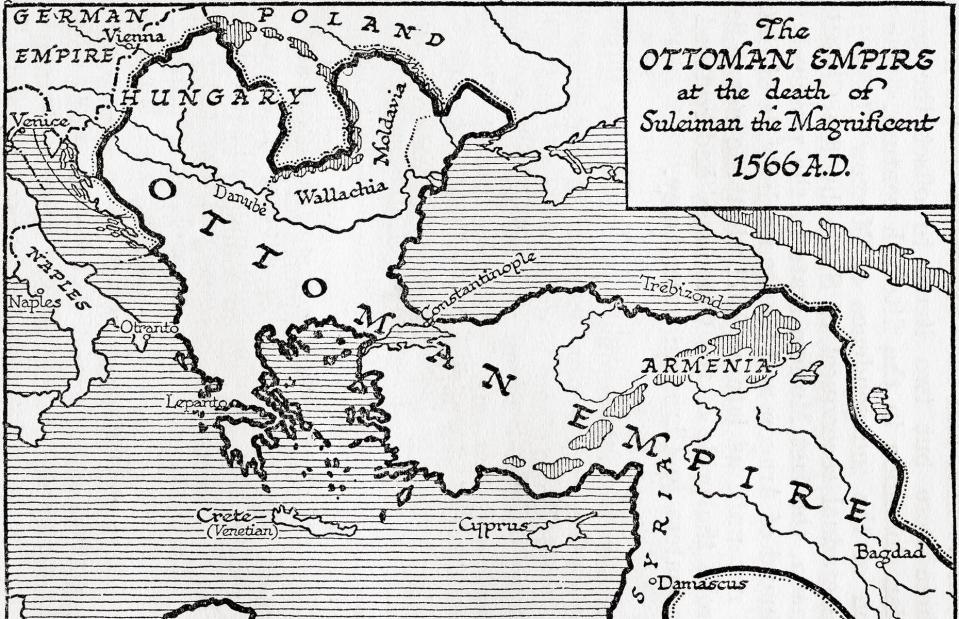
Classic Image/Alamy Stock Photo
In the middle of the 16th century, the affluent empire covered Anatolia and large swathes of southeast Europe, North Africa, and the Middle East, an ideal location for trade.
The empire attained superpower status during the reign of Sultan Suleiman the Magnificent, who ruled from 1520 to 1566 and presided over a golden age of military prowess, unprecedented prosperity, and outstanding artistic achievement.
Türkiye
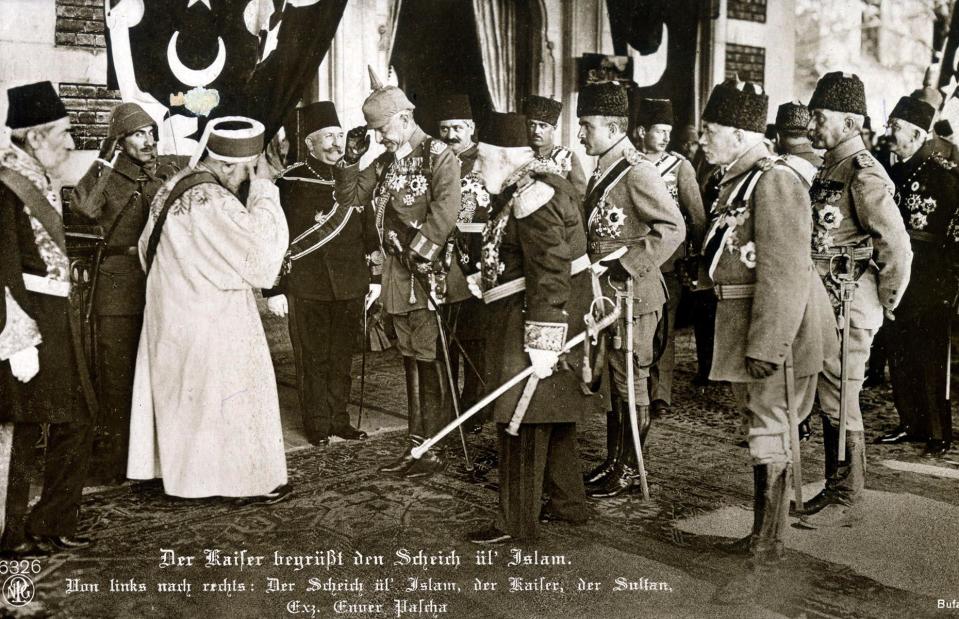
Chronicle/Alamy Stock Photo
However, internal divisions grew, and by the early 20th century the empire was unravelling.
The nation sided with Germany in World War I and had most of its territories confiscated as a result. The Turkish War of Independence followed, and the Ottoman Empire was reborn in 1922 as the much scaled-down Republic of Türkiye.
India
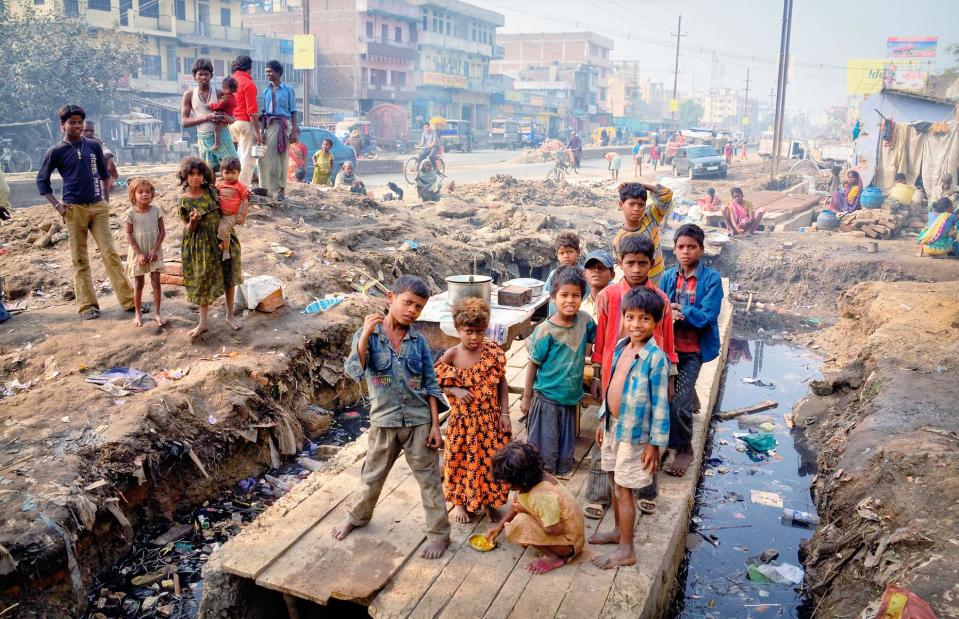
Yury Birukov/Shutterstock
India's GDP per capita of about $2,850 (£2.3k) is stubbornly low. While much progress has been made in recent years to stamp out extreme poverty in the country, hundreds of millions of Indians still live hand to mouth. Around 60% of the population lives on less than $3.10 (£2.50) a day, which is the World Bank's median poverty line.
That hasn't always been the case. The Mughal Empire, which was founded in 1526 and extended over almost the entire Indian subcontinent during its peak in the 17th century, was positively rolling in money.
India
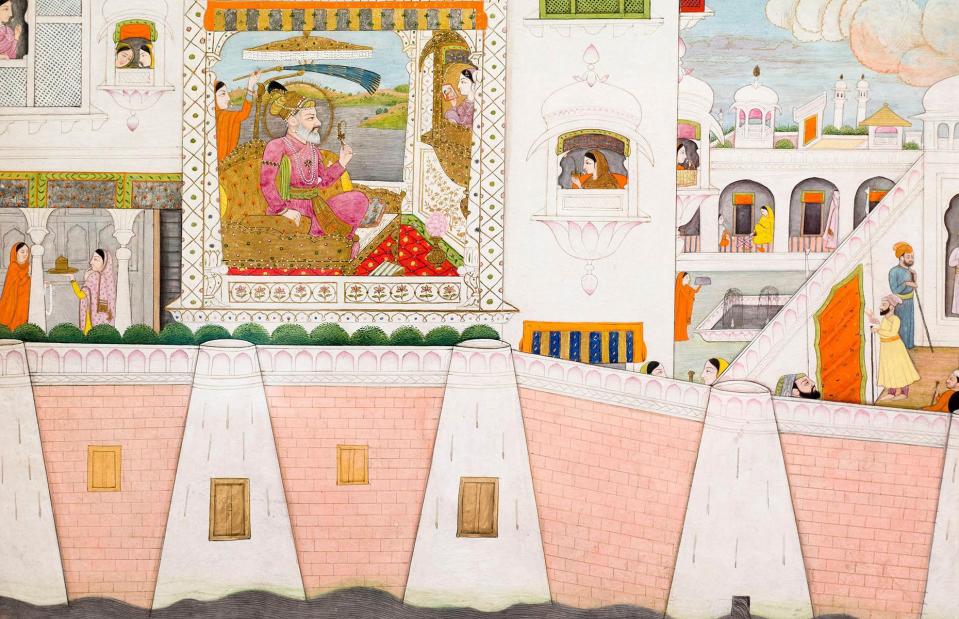
incamerastock/Alamy Stock Photo
By the turn of the 18th century, Mughal India had bypassed China to become the world's foremost economic power, accounting for just under 25% of global GDP, which would translate to a staggering $69 trillion (£55.4tn) today. It was also a leading country for manufacturing, generating a quarter of the world's industrial output up until the start of the 18th century.
Real wages and living standards in Mughal India were even higher than in England, which had the best standard of living in Europe at the time.
India
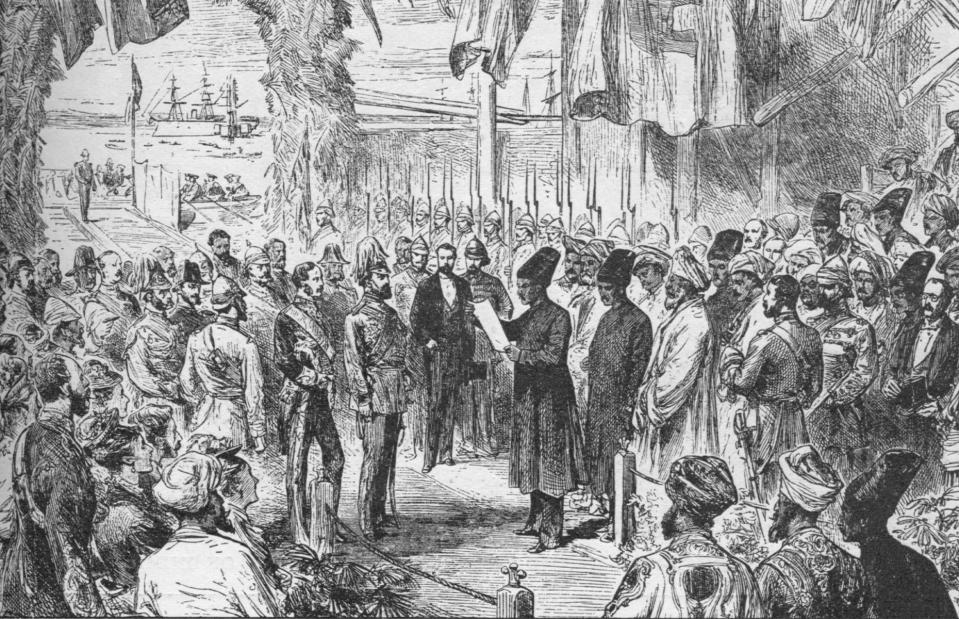
The Print Collector/Getty Images
Internal conflict led to the breakup of the empire during the late 18th century, and it was finally taken over by the British in 1858.
By that point, competition from industrialised Europe had decimated India's industries and the colonised nation had lost much of its power and wealth.
Cuba
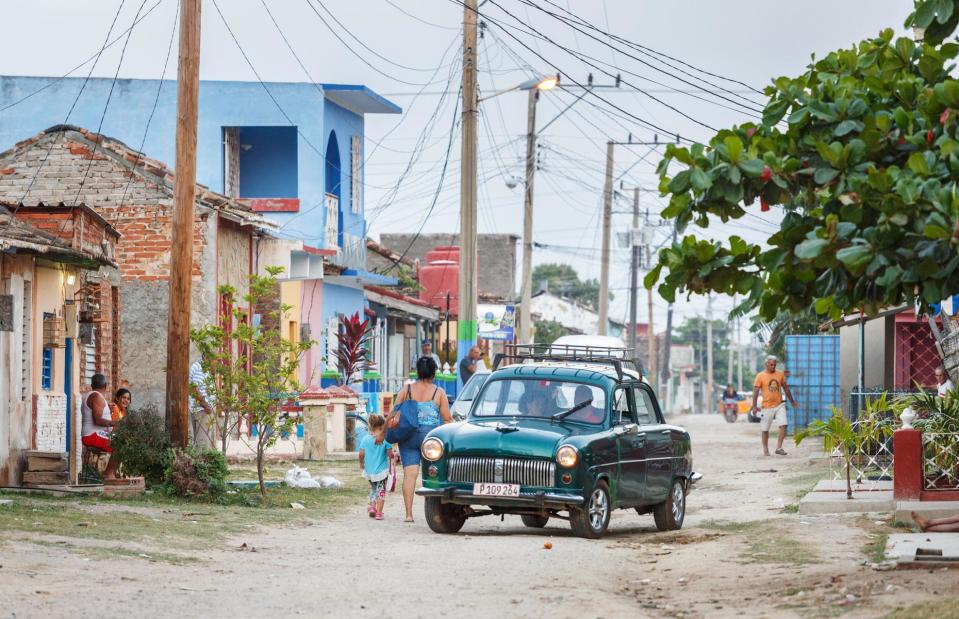
EvijaF/Shutterstock
Decades of communist rule and crippling US sanctions have impoverished Cuba. The Caribbean nation has a GDP per capita of less than $10,000 (£8k) and the government struggles to provide adequate housing, transportation and other essentials.
On average, households live on monthly incomes of between $16 and $23 (£12 and £18).
Cuba
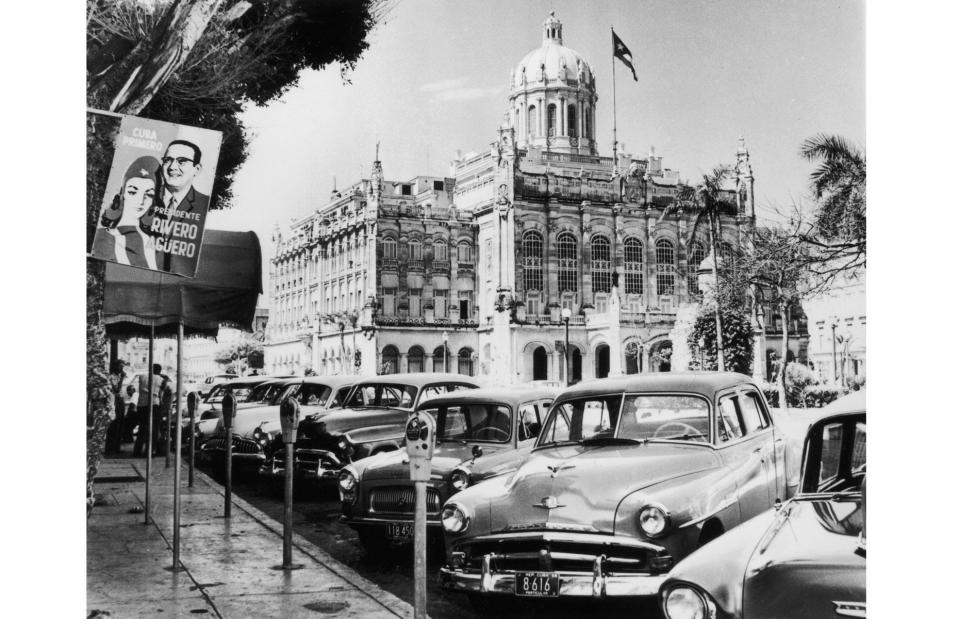
Central Press/Getty
Before Fidel Castro led the Cuban Revolution and stormed to power in 1959, the country had one of the highest GDPs per capita in the Americas thanks to booming sugar and tourism industries. Cuba had a thriving middle class, and its capital city Havana had the second-highest per capita ownership of cars and telephones.
But things weren't all rosy. Wealth inequality was extreme during the 1950s and Cuba, which was under repressive military rule, was plagued by organised crime.
Cuba
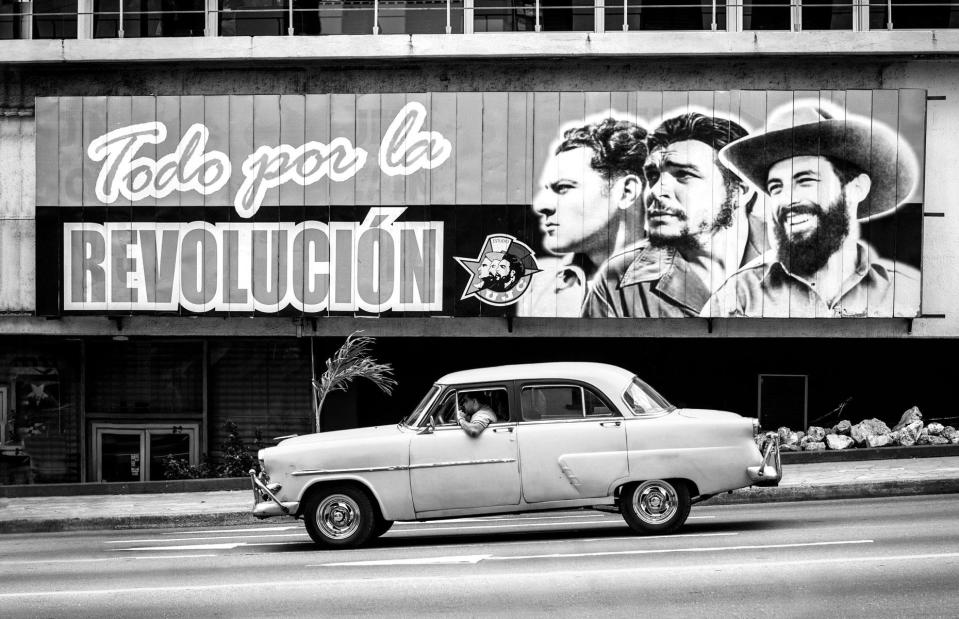
Krzyzak/Shutterstock
Following the revolution, Cuba suffered a long-term decline in GDP per capita. The economy reached a low point in the early 1990s when Soviet subsidies, which accounted for more than 20% of GDP, dried up. The country hasn't recovered in any spectacular way since.
The COVID-19 pandemic created a whole new economic crisis for the struggling nation, driving migration to historic peaks. The number of Cubans leaving their country dramatically increased in 2022, surpassing rates last seen in the 1980s and 1990s.
Iraq
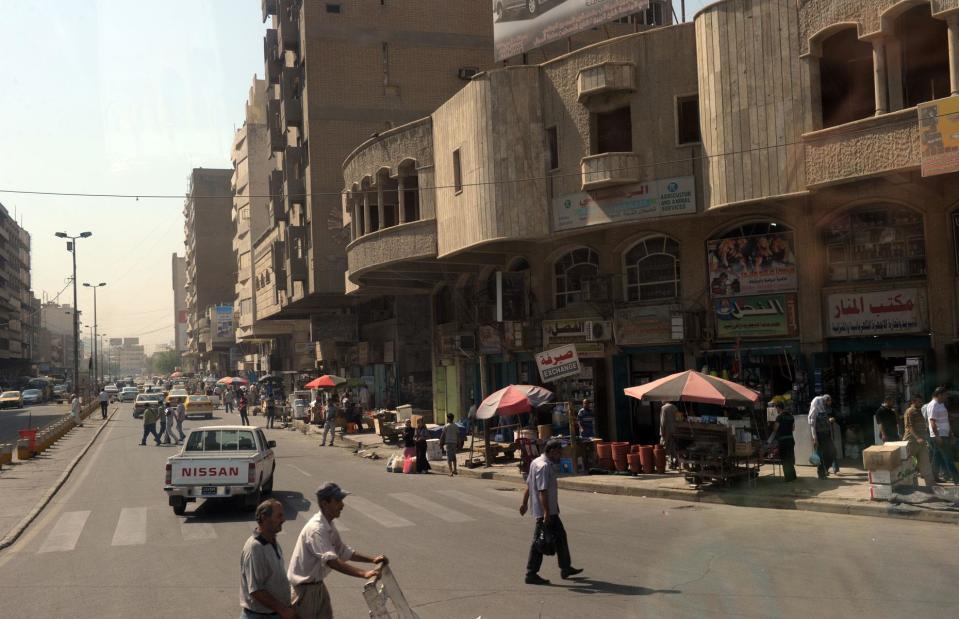
Thomas Koch/Shutterstock
Following decades of war, the Iraqi economy is struggling to recover, especially in the wake of COVID-19. GDP per capita is only around $6,000 (£4.8k) currently, and one-third of the country is living in poverty according to charity UNICEF.
A lack of functioning infrastructure and public services doesn’t help, especially with the onset of water shortages.
Iraq
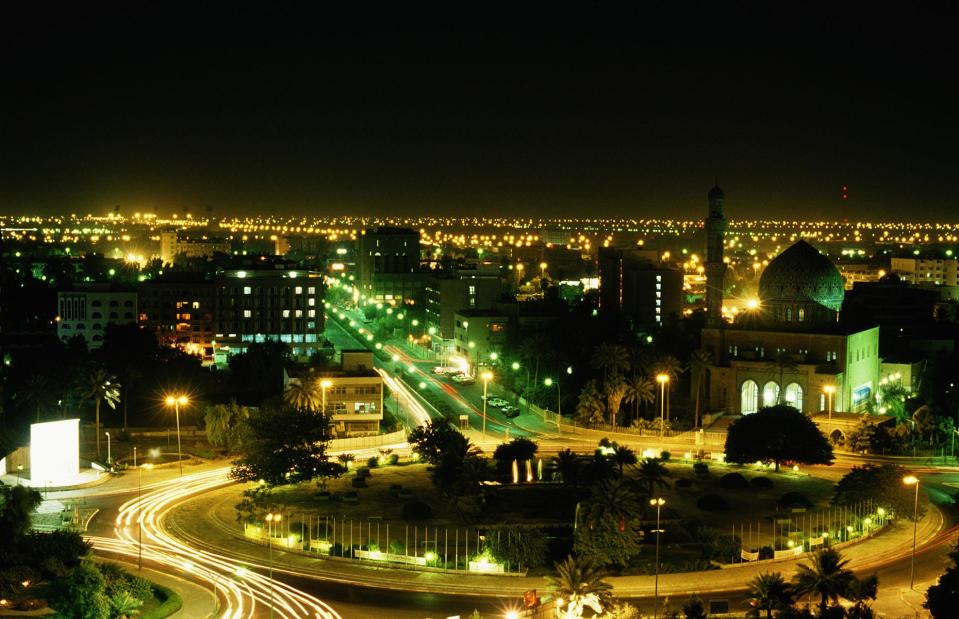
Tom Stoddart/Getty Images
In complete contrast, Iraq once enjoyed one of the highest standards of living in the region.
Thanks to its oil reserves, by the 1980s per capita GDP had skyrocketed, and the country had advanced infrastructure, social services, and healthcare. With a strong middle class seeking education and other opportunities, migrant workers flocked to Iraq from around the region, and even as far as Africa and Asia.
Iraq
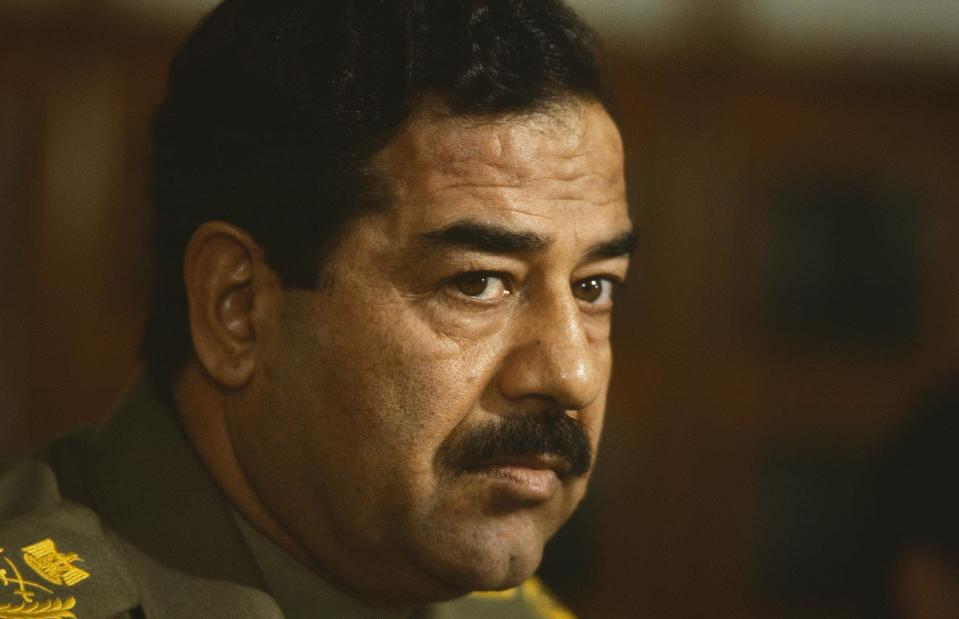
Jacques Pavlovsky/Sygma via Getty Images
Iraq's prospects headed downhill when Saddam Hussein formally assumed power in 1979. In 1980, the brutal dictator dragged the country into a devastating eight-year war with neighbouring Iran, which ravaged the economy. Internal corruption and a drop in oil prices exacerbated Iraq's dire financial situation.
Hussein's invasion of Kuwait in 1990 and the ensuing Gulf Wars over the next 20 years further damaged the economy, which was subject to wide-ranging and devastating sanctions.
Zimbabwe
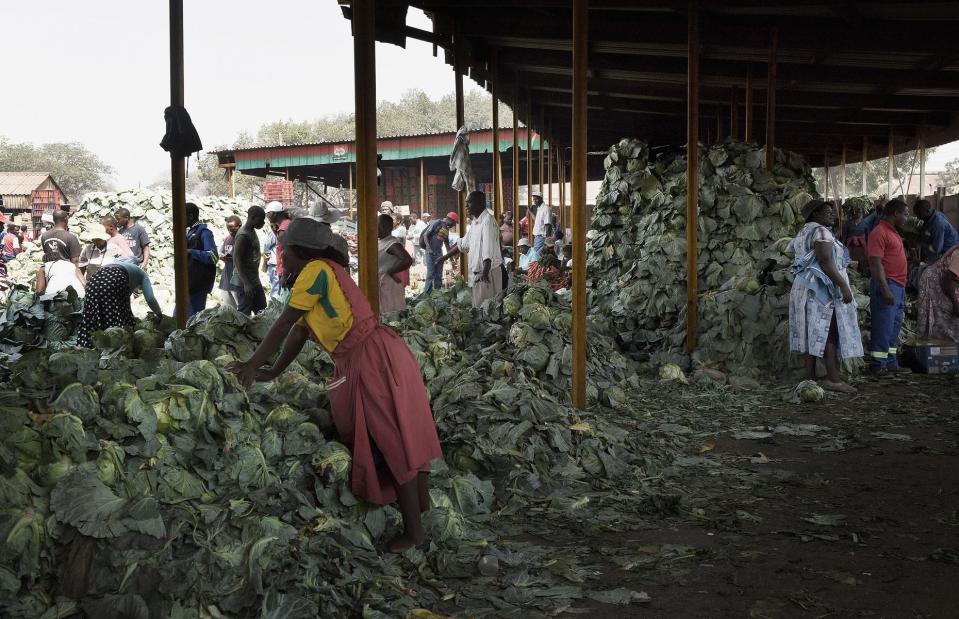
Mary Turner/Getty
Deprivation is a major issue in Zimbabwe, with a majority of the population considered either vulnerable to or already living in poverty, according to research from 2021. The GDP per capita is $2,860 (£2.2k), which is less than half that of an emerging economy, according to the World Bank.
However, in the not-too-distant past, Zimbabwe was one of Africa's most advanced economies.
Zimbabwe
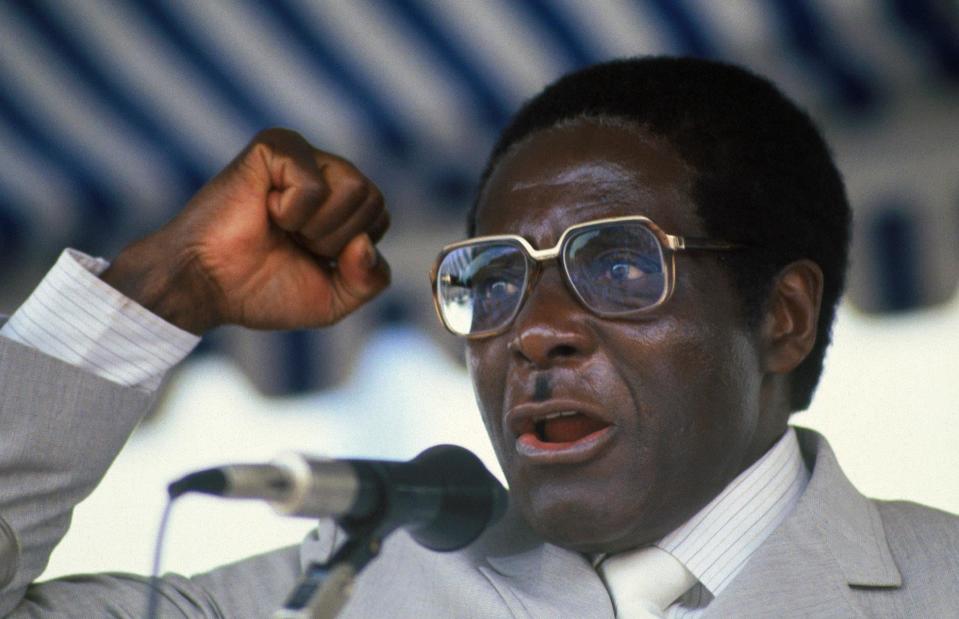
Bettmann/Contributor/Getty Images
Following its independence from Britain in 1980, Zimbabwe's economy was in robust shape thanks to the country's abundant natural resources and lucrative agricultural sector. The government opened up access to important services like education and health and ensured food security throughout the country.
However, the cracks were beginning to show under the leadership of President Robert Mugabe, who came under intense criticism for human rights violations as well as undermining the nation's strong economy.
Zimbabwe
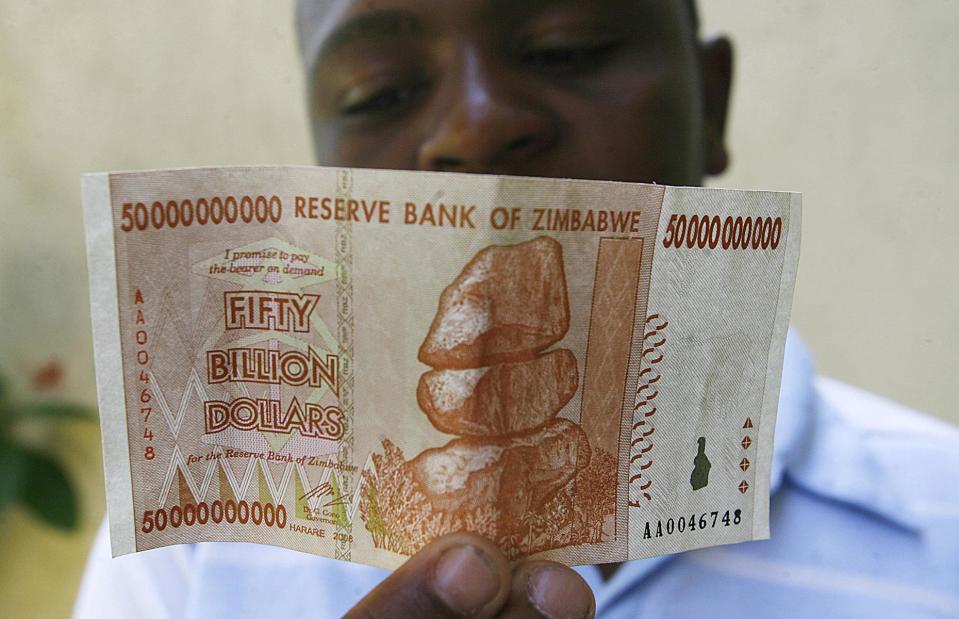
AFP/Getty
In 2000, Mugabe's government began seizing the country's highly productive white-owned farms, a policy that proved disastrous. The new owners of the farms lacked agricultural skills and experience, and production soon plummeted, damaging the economy and sparking rampant hyperinflation.
Despite the ousting of Mugabe, Zimbabwe's economic prospects are grim. President Emmerson Mnangagwa says he is hopeful the recent discovery of oil and gas reserves will usher in a period of much-needed growth.
Nauru
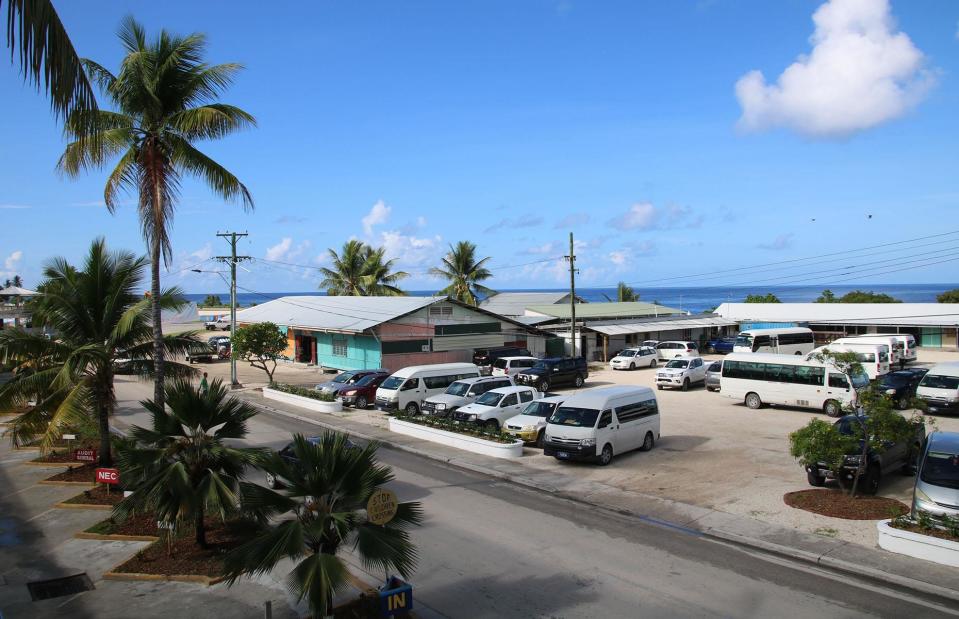
MIKE LEYRAL/AFP via Getty Images
The tiny Pacific island nation of Nauru has a GDP per capita of $11,900 (£9.6k), just below the global average. While that may seem high in comparison to other countries on this list, poverty is widespread and the future is uncertain for the nation's sole source of income.
Home to just 13,000 people, not so long ago it was the "world’s richest little isle".
Nauru

Tim Graham/Getty Images
Back in the 1970s, Nauru was flush with cash. Rich from its plentiful deposits of phosphate (a phosphate field is pictured here), a key component in fertiliser, the compact country boasted the second-highest GDP per capita in the world.
The island's government went on the mother of all spending sprees, snapping up aircraft and ships, and building luxury hotels and a golf course, while the population largely didn't work and splurged on imported supercars and swanky homes.
Nauru

TORSTEN BLACKWOOD/AFP via Getty Images
Anticipating the depletion of the country's phosphate reserves, the government ploughed $1 billion (£800k) into trust funds but the money was mismanaged and soon ran out. When the mining industry faltered in the 1980s, Nauru was drowning in debt. Severe austerity followed and the island nearly went bankrupt in 2000.
Since then, Nauru has been propped up by international aid and heavily depends on income generated from an Australian immigration detention centre located on its soil, which will likely close in 2025.
Venezuela
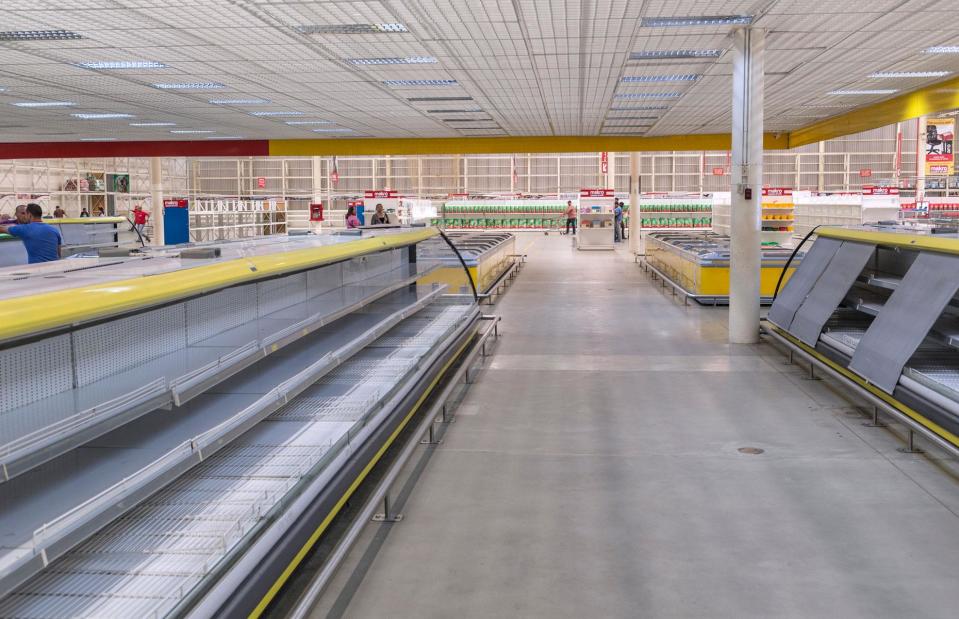
Sunsiller/Shutterstock
Amid one of the worst financial crises in history, the Venezuelan economy has contracted more than that of the US during the Great Depression.
Its GDP per capita is now a mere $3,690 (£2.9k) and an estimated 82% of the population lives in poverty. As much as 53% lack the income to buy basic food, although shortages over the last 10 years mean there is little to purchase for those with the means to shop.
With widespread hunger in a once comfortably well-off country, crime has spiralled out of control and social tensions are running high.
Venezuela
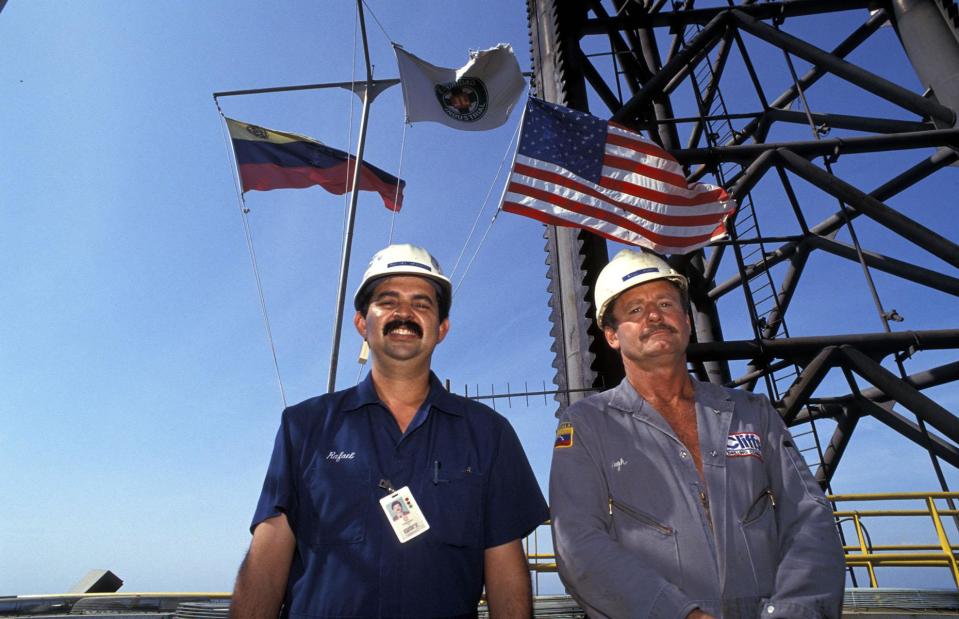
Julio Etchart/Alamy Stock Photo
The discovery of Venezuela's massive oil reserves in the early 20th century transformed the nation’s struggling economy into one of the richest in the region by the 1970s. Not only did it outperform several European nations, including Greece and Spain, its GDP per capita reached 80% of that of the US.
This dramatic growth, which created a middle class eager to prosper, disappeared even quicker as the economy grew too dependent on oil.
Venezuela
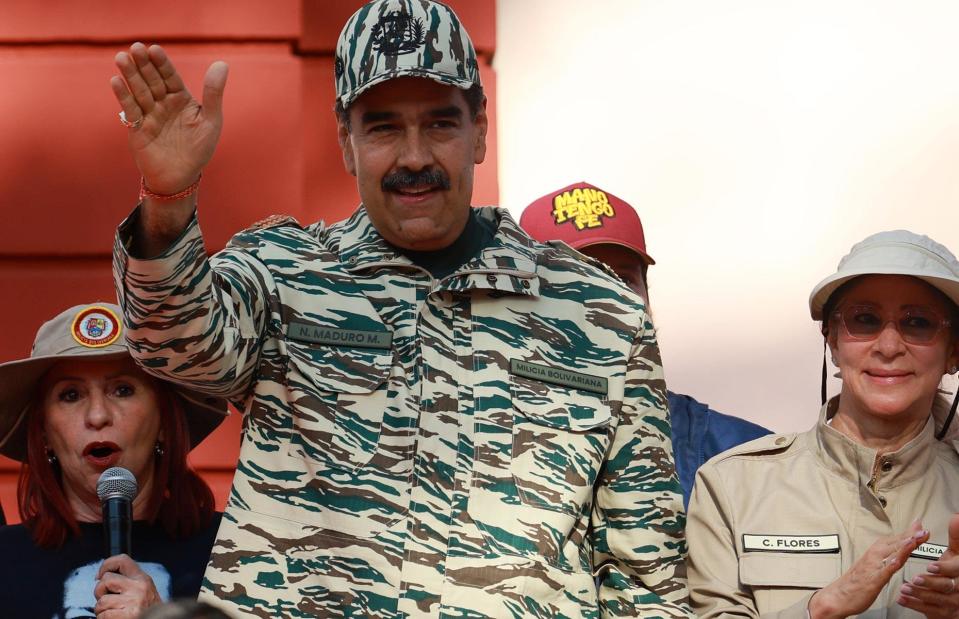
Jesus Vargas/Getty Images
Crude oil production began to drop in the 1970s, which led to job losses. Then, in 2015, oil prices crashed by 50%. Having failed to diversify the economy – between 1998 and 2013 oil products went from making up 70% to 98% of the nation's exports – the situation got a whole lot worse.
President Nicolás Maduro's time in power has been beset by allegations of corruption and repression and the country's economy has been hobbled by oil sanctions. While the Biden administration lifted sanctions in 2023 when Maduro agreed to lift a ban on opposition candidates running in elections, punishing sanctions have since been reimposed. Venezuela has gone from being one of Latin America's most healthy economies to its most ailing.
Now discover what drives 10 of the world's strangest economies

 Yahoo Finance
Yahoo Finance 